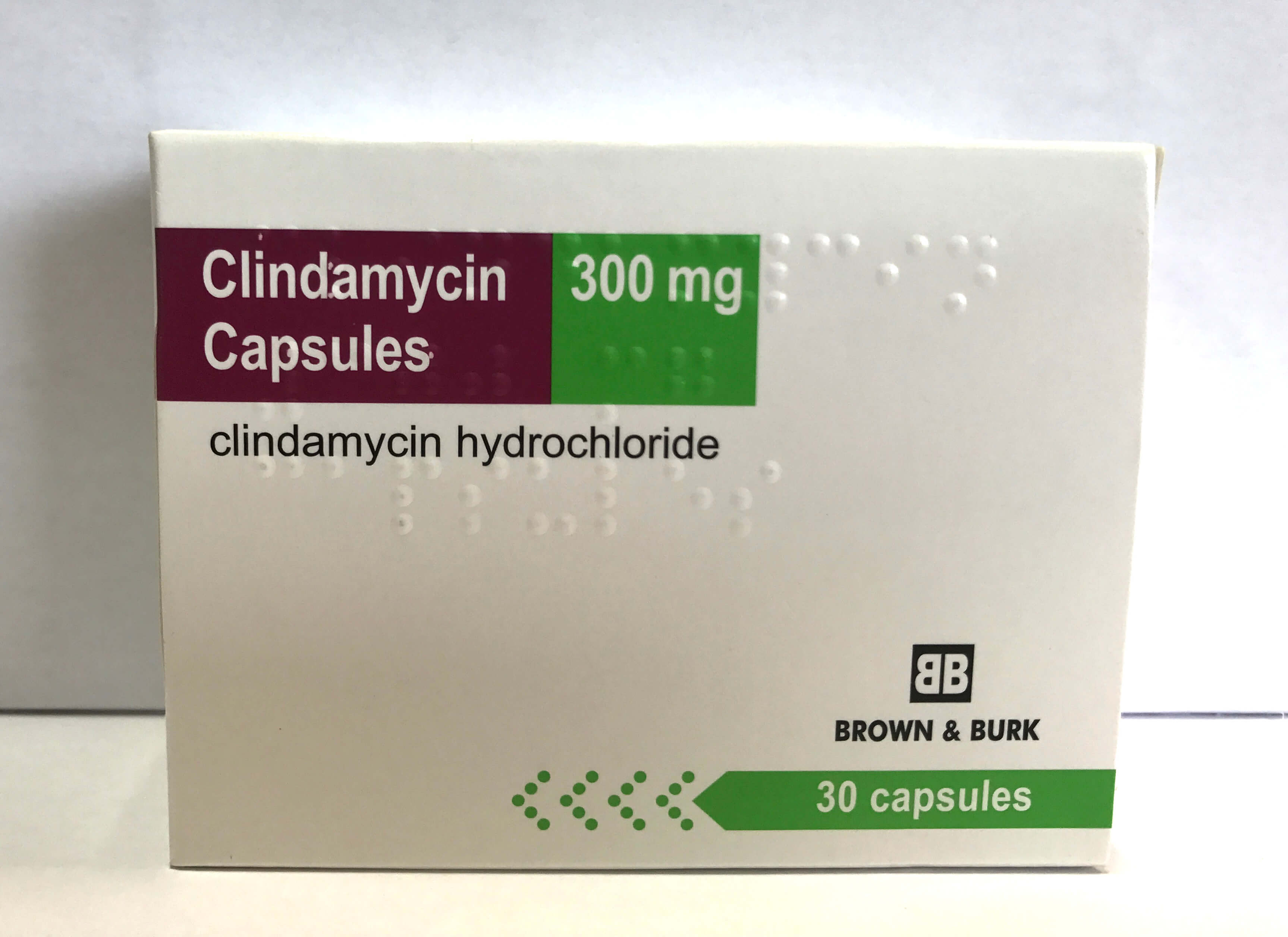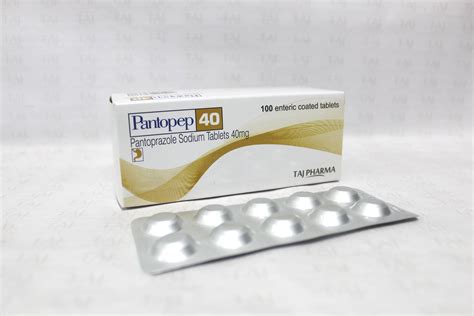Acne, a chronic skin condition characterized by the occurrence of comedones, papules, pustules, and sometimes cysts, affects millions of individuals worldwide, with approximately 85% of people experiencing it at some point in their lives. The psychological and social impacts of acne can be profound, affecting self-esteem, social interactions, and overall quality of life. Among the various treatments available for managing acne, antibiotics such as clindamycin have been widely used, offering effective solutions for mild to moderate forms of the condition.
Introduction to Clindamycin
Clindamycin, a lincosamide antibiotic, works by inhibiting protein synthesis in bacteria, thereby preventing the growth and replication of acne-causing bacteria, particularly Propionibacterium acnes (P. acnes). This Gram-positive, anaerobic bacterium is commonly found on the skin and plays a significant role in the development of acne by breaking down the oil in the skin into fatty acids, which can irritate the skin and clog pores. Clindamycin’s antimicrobial properties help in reducing the population of P. acnes, decreasing the inflammation associated with acne lesions.
Mechanism of Action
The mechanism of action of clindamycin involves binding to the 50S subunit of the bacterial ribosome, interfering with the initiation complex of peptide formation, which is essential for bacterial protein synthesis. This interruption in protein synthesis ultimately leads to the death of the bacteria. By reducing the bacterial load on the skin, clindamycin indirectly reduces the inflammatory response that is typically triggered by the presence of P. acnes, thereby reducing the number and severity of acne lesions.
Forms of Clindamycin for Acne Treatment
Clindamycin is available in various topical and oral formulations, each with its own set of advantages and potential side effects. Topical clindamycin, including gels, lotions, and solutions, is commonly prescribed for mild to moderate acne due to its localized effect, which minimizes systemic side effects. Oral clindamycin is usually reserved for more severe cases of acne that do not respond to topical treatments or when the condition is widespread.
- Topical Clindamycin: Applied directly to the skin, topical formulations allow for targeted treatment with minimal systemic absorption, reducing the risk of side effects. It is available in concentrations of 1% and is often combined with other acne treatments like benzoyl peroxide to enhance efficacy and reduce the development of antibiotic resistance.
- Oral Clindamycin: For more severe acne or when topical treatments are not effective, oral clindamycin may be prescribed. It is crucial to use oral antibiotics judiciously due to the potential for side effects, the development of antibiotic resistance, and the impact on the gut microbiome.
Efficacy and Safety
Numerous clinical studies have demonstrated the efficacy of clindamycin in reducing acne lesions. When used topically, clindamycin has been shown to significantly decrease the number of inflammatory and non-inflammatory lesions compared to placebo. The combination of clindamycin with retinoids or benzoyl peroxide can enhance its efficacy by addressing multiple pathogenic factors involved in acne development.
However, like all medications, clindamycin is associated with potential side effects, particularly when used orally. Common side effects include gastrointestinal disturbances, such as diarrhea, and the risk of developing Clostridioides difficile (C. difficile) infection. Topical clindamycin can cause skin dryness, redness, and irritation, although these effects are generally mild and transient.
Resistance and Responsible Use
The emergence of antibiotic-resistant P. acnes strains is a significant concern, underscoring the need for responsible prescribing and use of antibiotics like clindamycin. To mitigate this risk, dermatologists often recommend using clindamycin in combination with other non-antibiotic acne treatments and for limited durations. Additionally, the use of maintenance therapy with non-antibiotic agents after an initial course of antibiotics can help in preventing relapse and minimizing the development of resistance.
Conclusion
Clindamycin represents a valuable therapeutic option in the management of acne, offering effective reduction in acne lesions and inflammation when used appropriately. Its role in acne treatment highlights the importance of understanding the pathophysiology of the condition and targeting the relevant causal factors. As with any antibiotic, responsible use and adherence to treatment guidelines are crucial to maximize efficacy and minimize the risk of adverse effects and antibiotic resistance.
FAQ Section
What is clindamycin used for in acne treatment?
+Clindamycin is an antibiotic used to treat acne by reducing the population of *P. acnes* bacteria on the skin, which contributes to the development of acne lesions.
What are the common side effects of topical clindamycin?
+Common side effects of topical clindamycin include skin dryness, redness, and irritation. These effects are generally mild and transient.
Can clindamycin be used in combination with other acne treatments?
+Yes, clindamycin is often used in combination with other acne treatments such as benzoyl peroxide or retinoids to enhance its efficacy and reduce the risk of antibiotic resistance.
How can the risk of antibiotic resistance be minimized when using clindamycin for acne?
+The risk of antibiotic resistance can be minimized by using clindamycin for limited durations, in combination with non-antibiotic acne treatments, and following a maintenance therapy regimen after the initial treatment course.
Advanced Considerations
The management of acne with clindamycin, like any therapeutic approach, should be tailored to the individual’s specific needs and circumstances. Factors such as the severity of the condition, previous treatments, and potential side effects must be carefully considered. Furthermore, patient education on proper use, potential side effects, and the importance of adherence to the prescribed treatment regimen is crucial for optimal outcomes.
In conclusion, clindamycin is a valuable addition to the arsenal of treatments available for acne, offering an effective solution for reducing bacterial load and associated inflammation. Its efficacy, safety profile, and potential for combination with other treatments make it a versatile option in the management of this common and complex skin condition.



